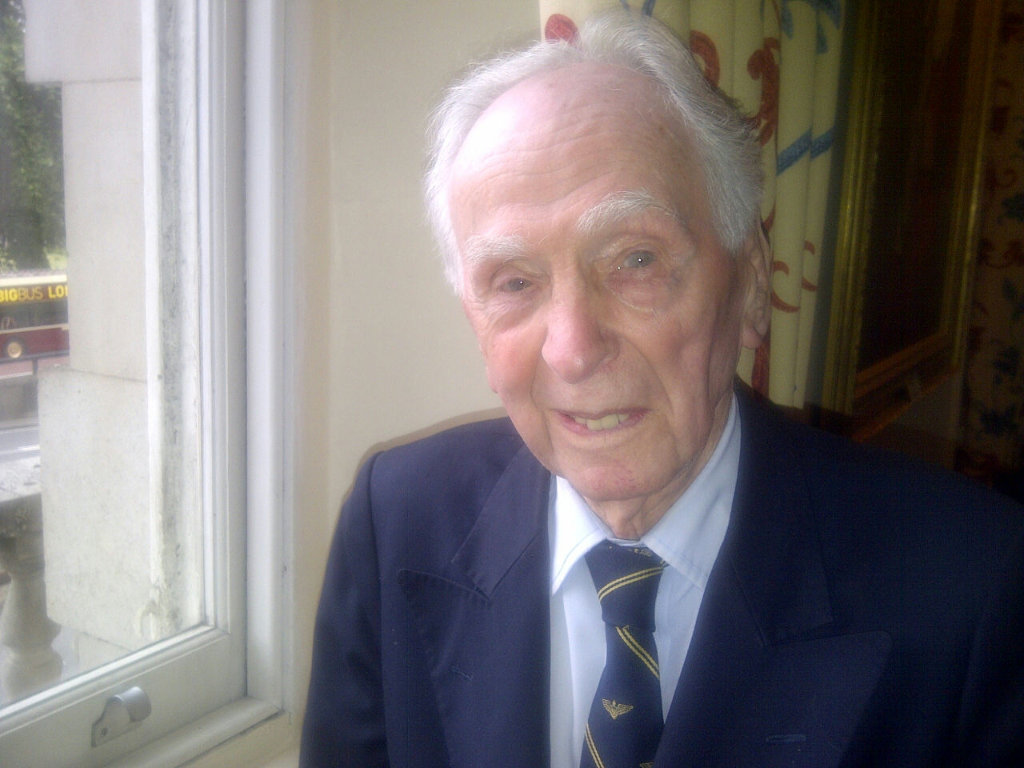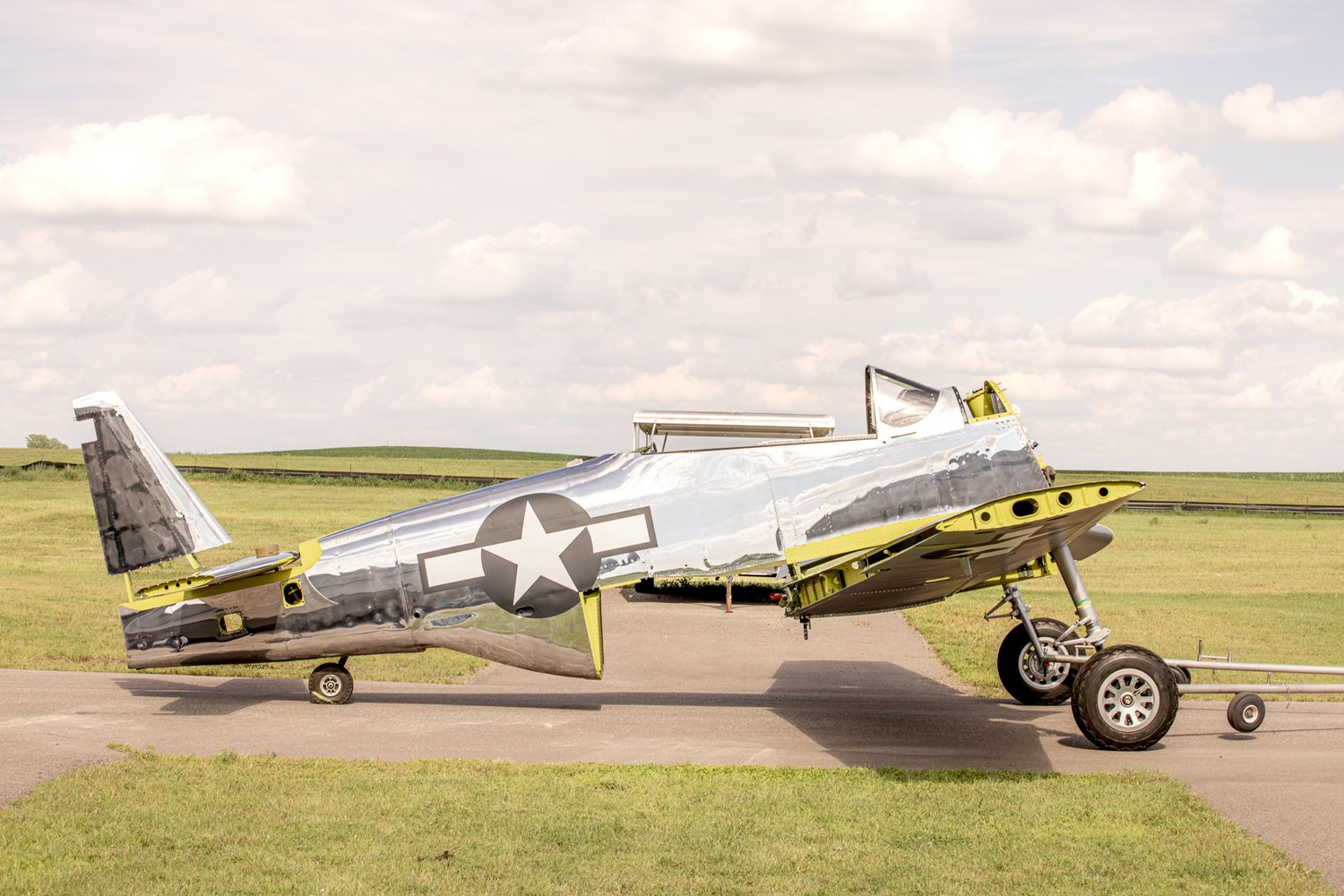Even later, the throttle response wasn't that good.From what I've read - and especially in conjunction with nations operating smaller carriers - slow throttle response time was also a major problem with early jets.
Taken from an interview with the first man to deck land a jet aircraft, a certain posters supposedly 'less than stellar pilot', drawn from 'a pool of very mediocre pilots'
"Deck landing", Eric says, "all depends on lift control", given that the boat does not lie flat and still like a runway. "On a piston engine, throttle movement provides it". Should you need lift, just open the throttle and as the airscrew revs up, the pilot gets lift from the propeller's wash. If he needs drag, to reduce speed, he simply throttles back to achieve it. Landing the Vampire would require a whole new technique. The problem facing anyone hoping to land a turbo-jet aircraft on a carrier was that none of them could then remotely offer throttle reaction like that of a piston engine. When first flying jets, Eric had been surprised to find they had such slow acceleration due to their centrifugal compressors, taking fifteen seconds to go from zero idle to full power before the brakes were released. Yet if he needed more lift when landing the Vampire on the carrier, Eric realised he would need to increase its speed – and that option just wouldn't be there in an emergency. That's what made deck-landing the Vampire potentially so dangerous. The answer would lie in faster axial-flow engines but these were some years off."

An Interview With Eric ‘Winkle’ Brown On The First Jet Landing On An Aircraft Carrier - Vulcan To The Sky
Eric ‘Winkle’ Brown is credited with over 2,400 carrier landings (no one else has come close) as well as being the holder of numerous 'firsts'. Hevulcantothesky.org
.... The FAA continued with props and contra props for the time being until the operational issues had been worked through and jets improved- which lead to the Wyvern going into service and aircraft like the Firefly and Fury soldiering on until the FAA finally got what it wanted in the form of the Sea Hawk.
For example, the Hawker Hunter's throttle slam test called for an 8 second response time.


